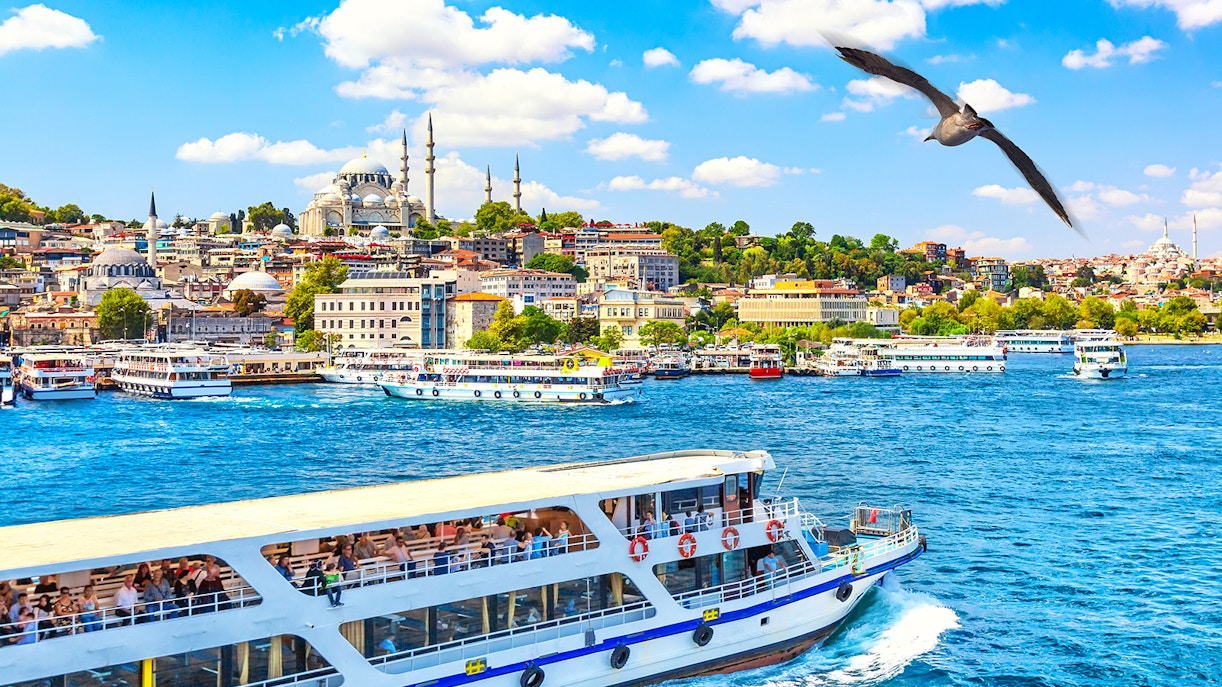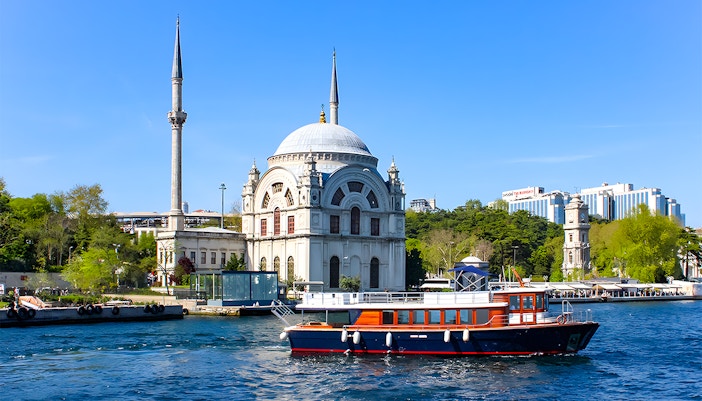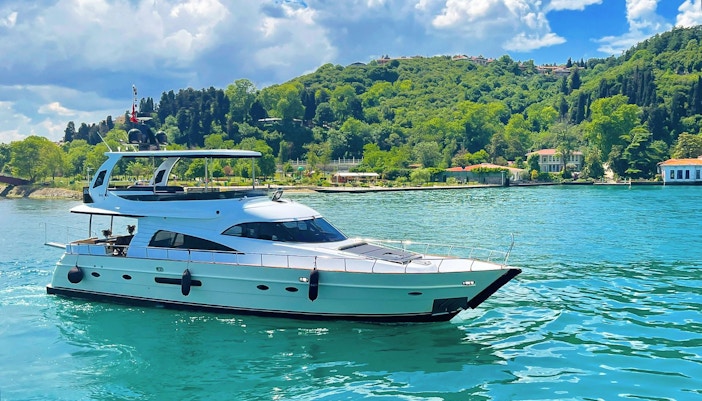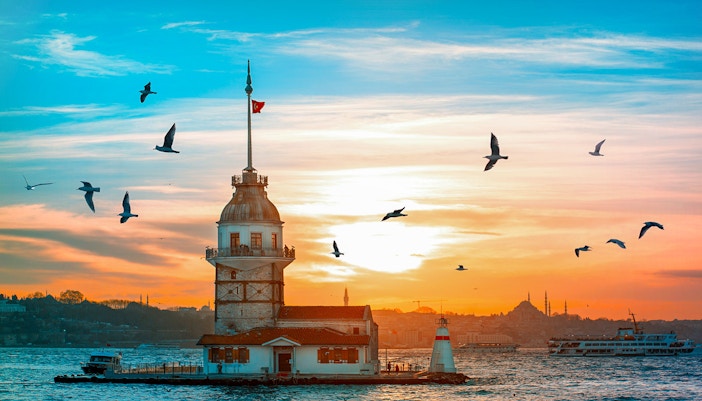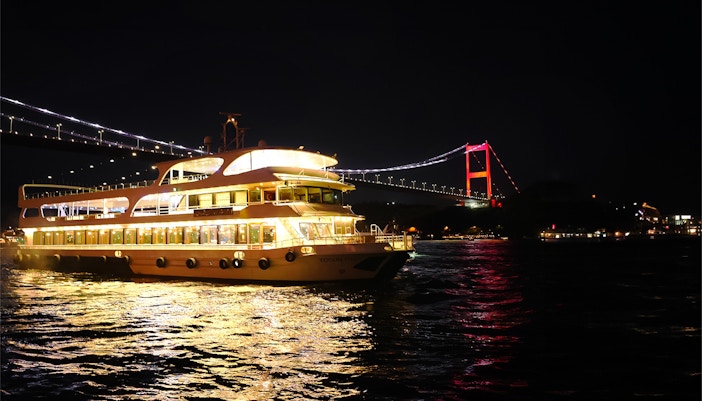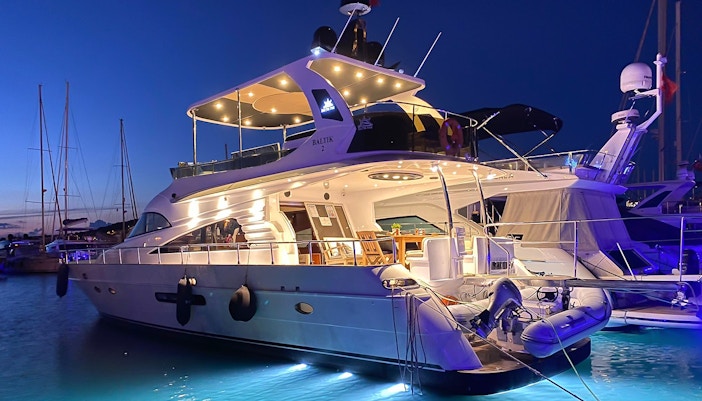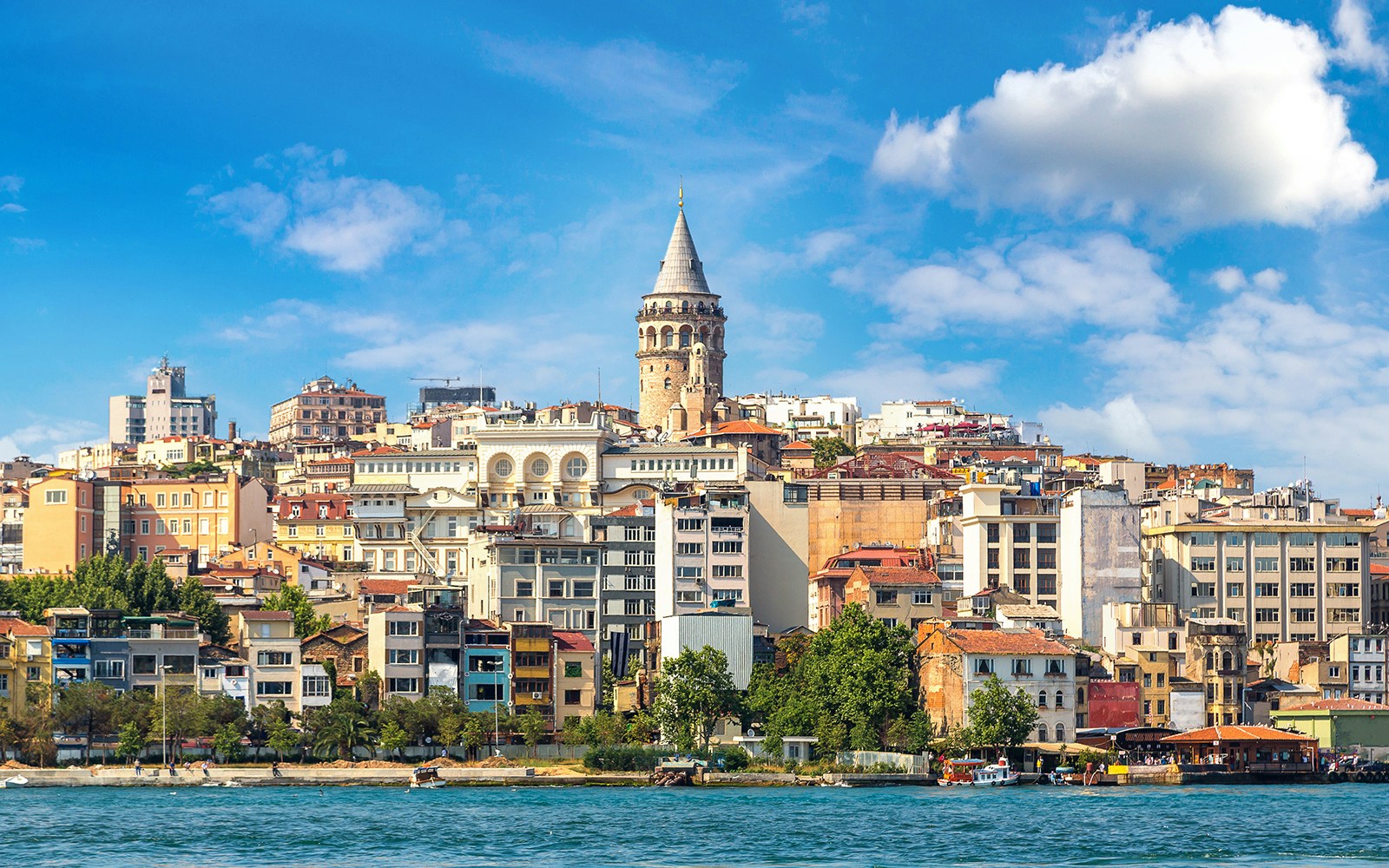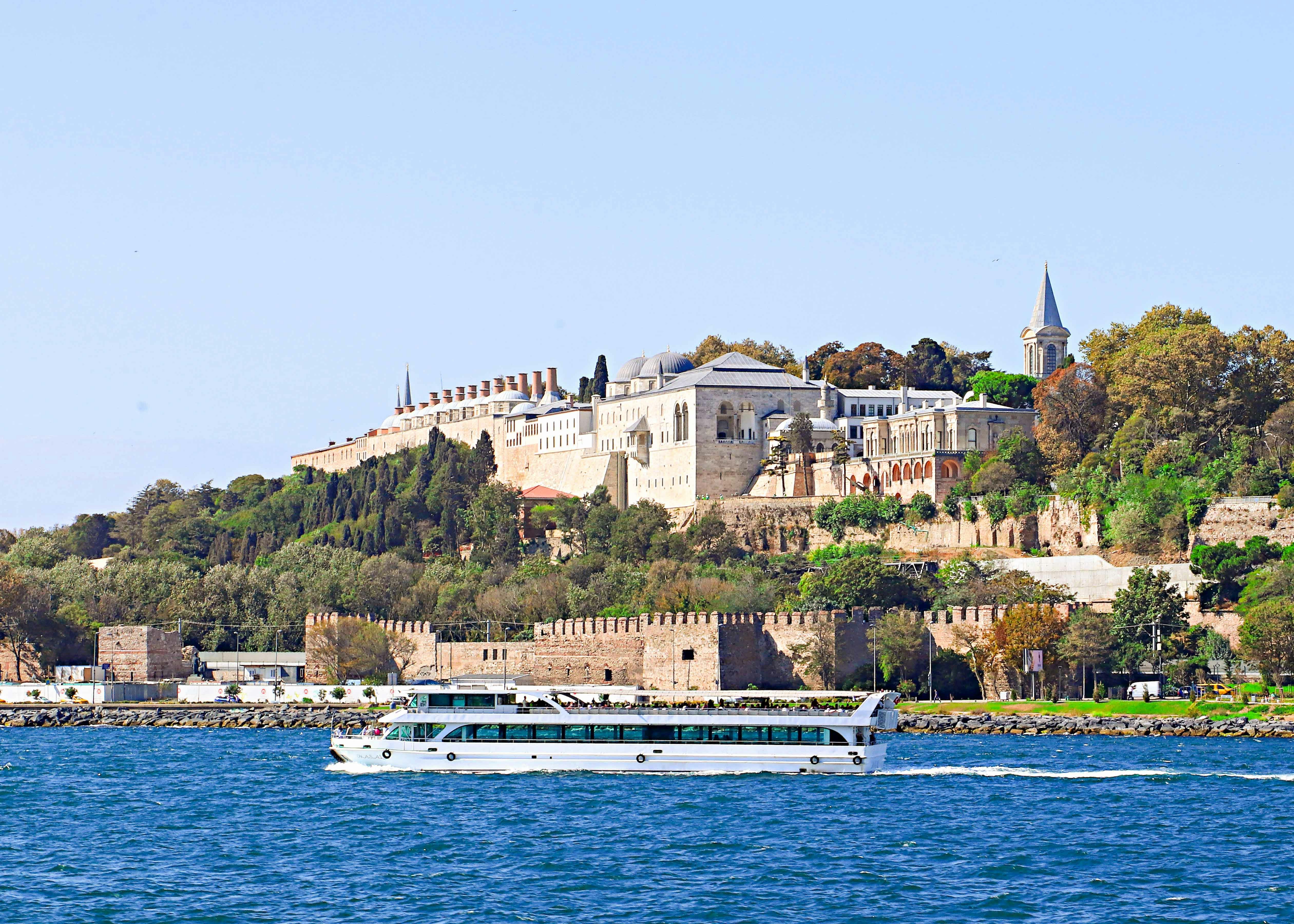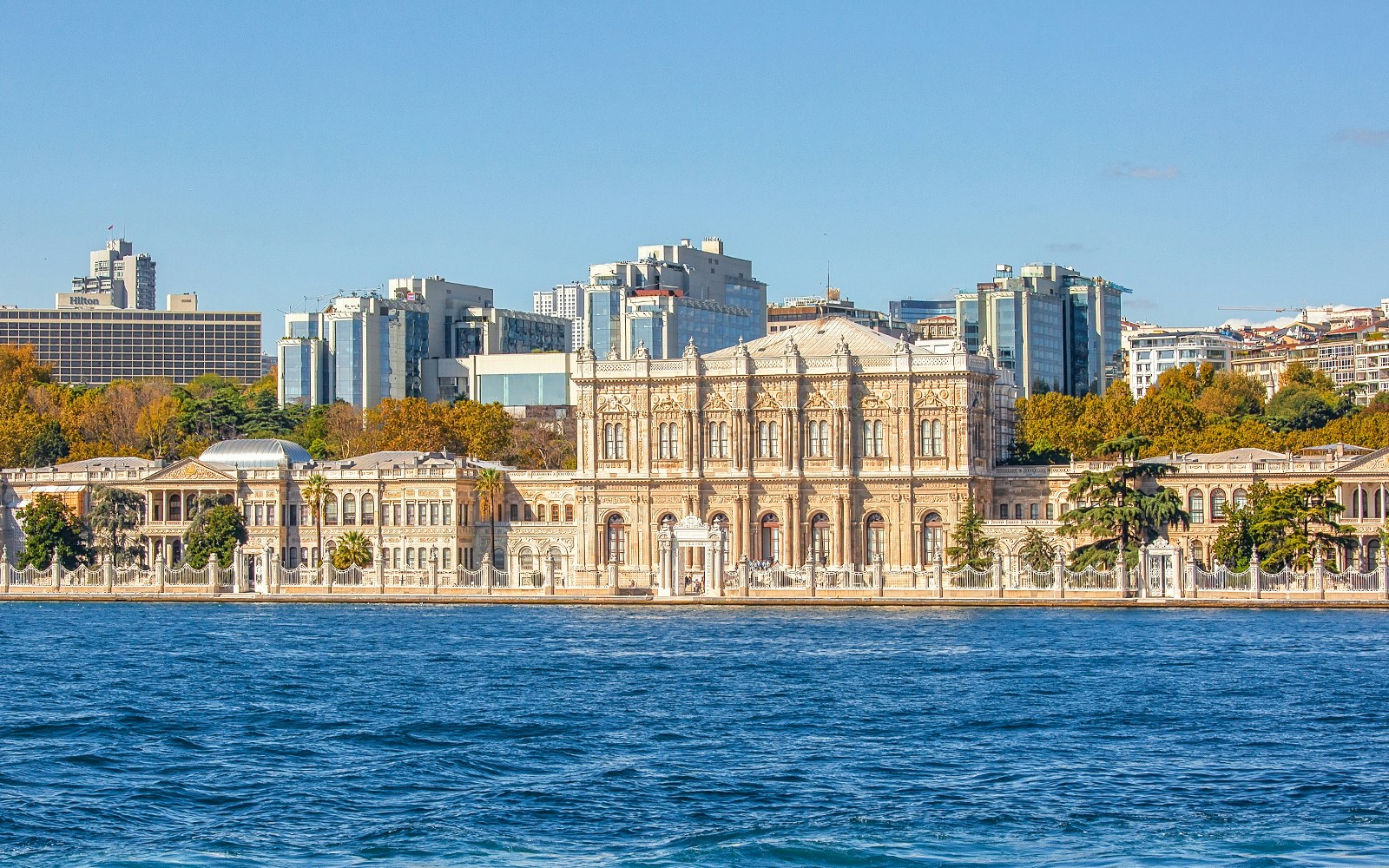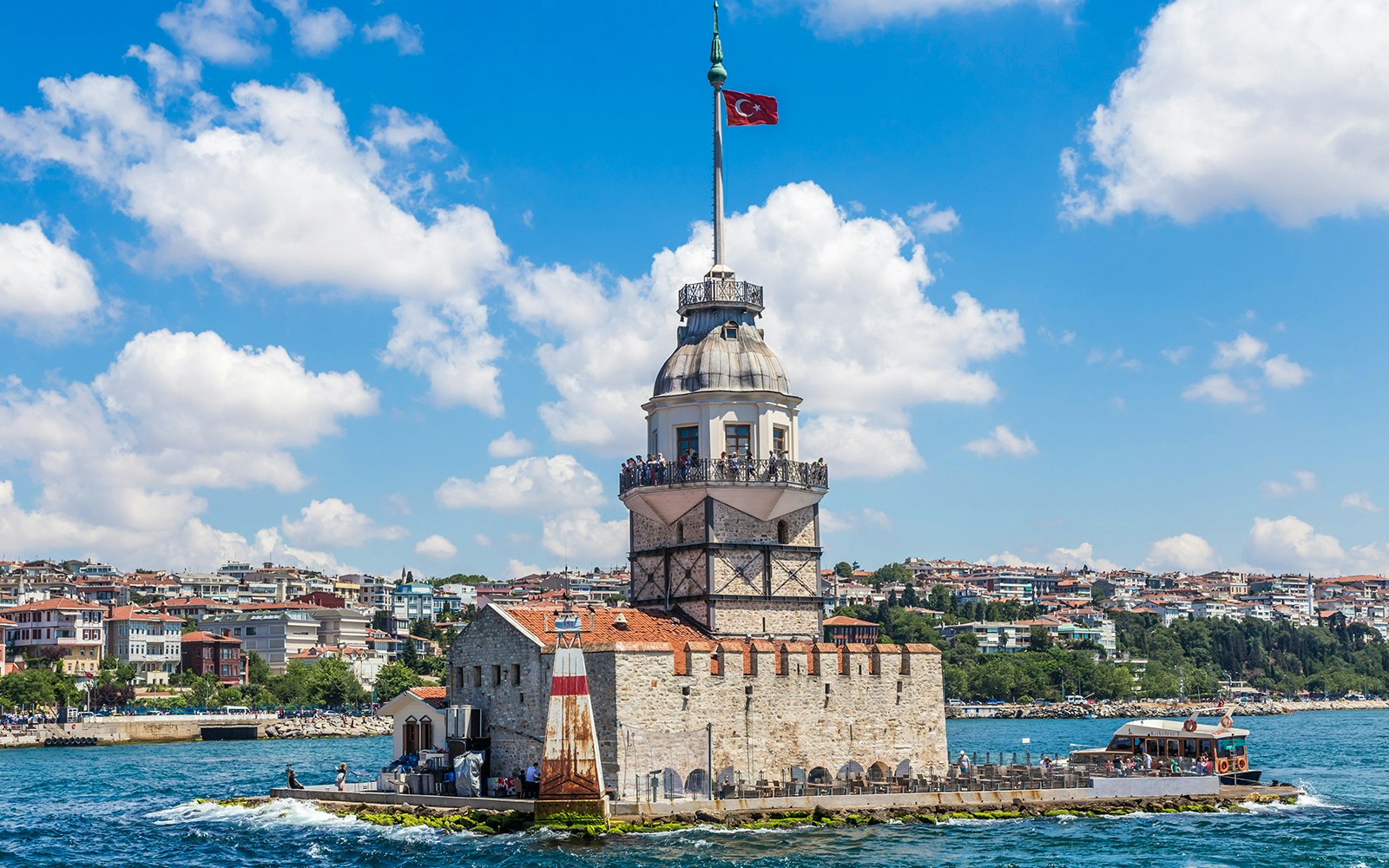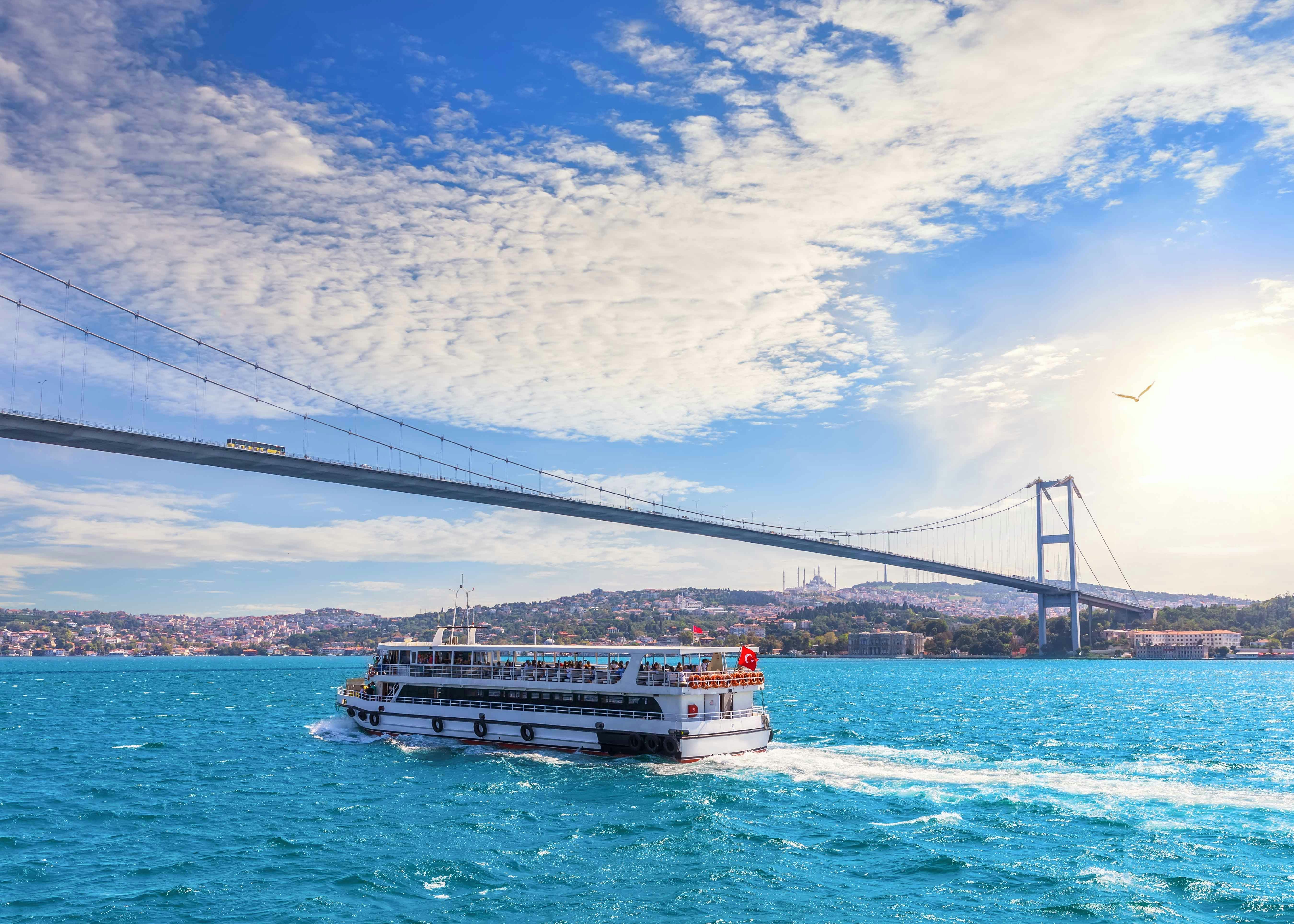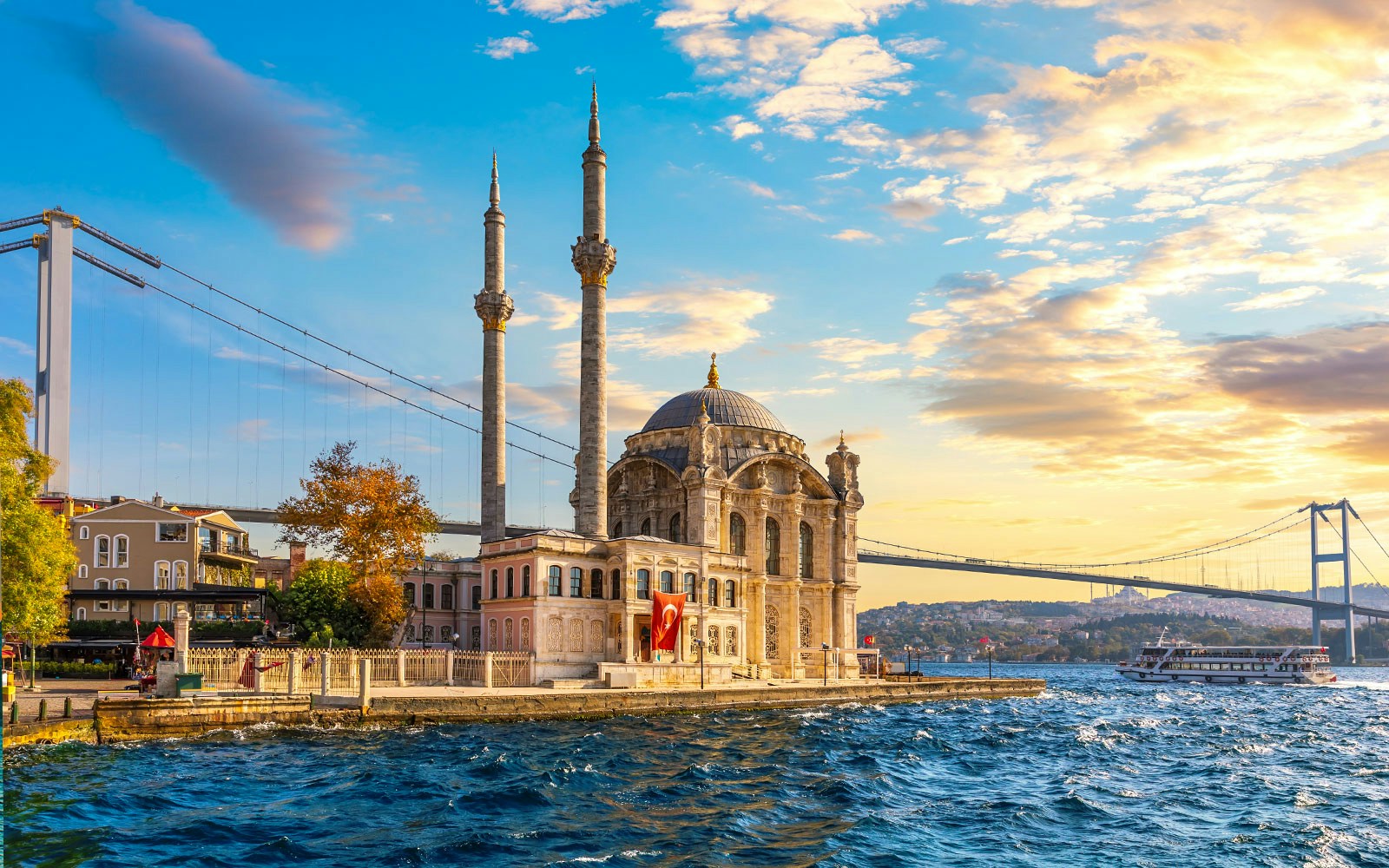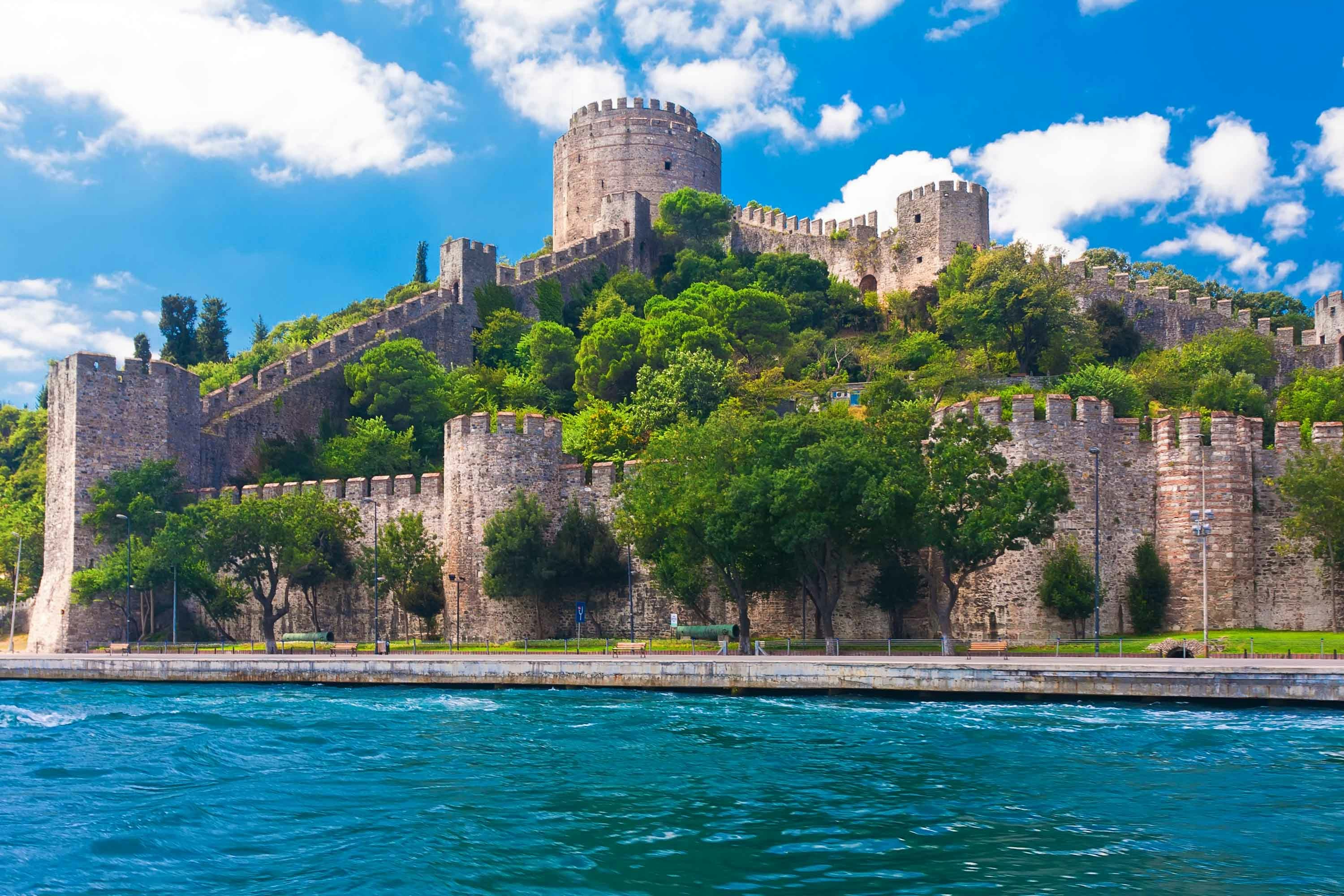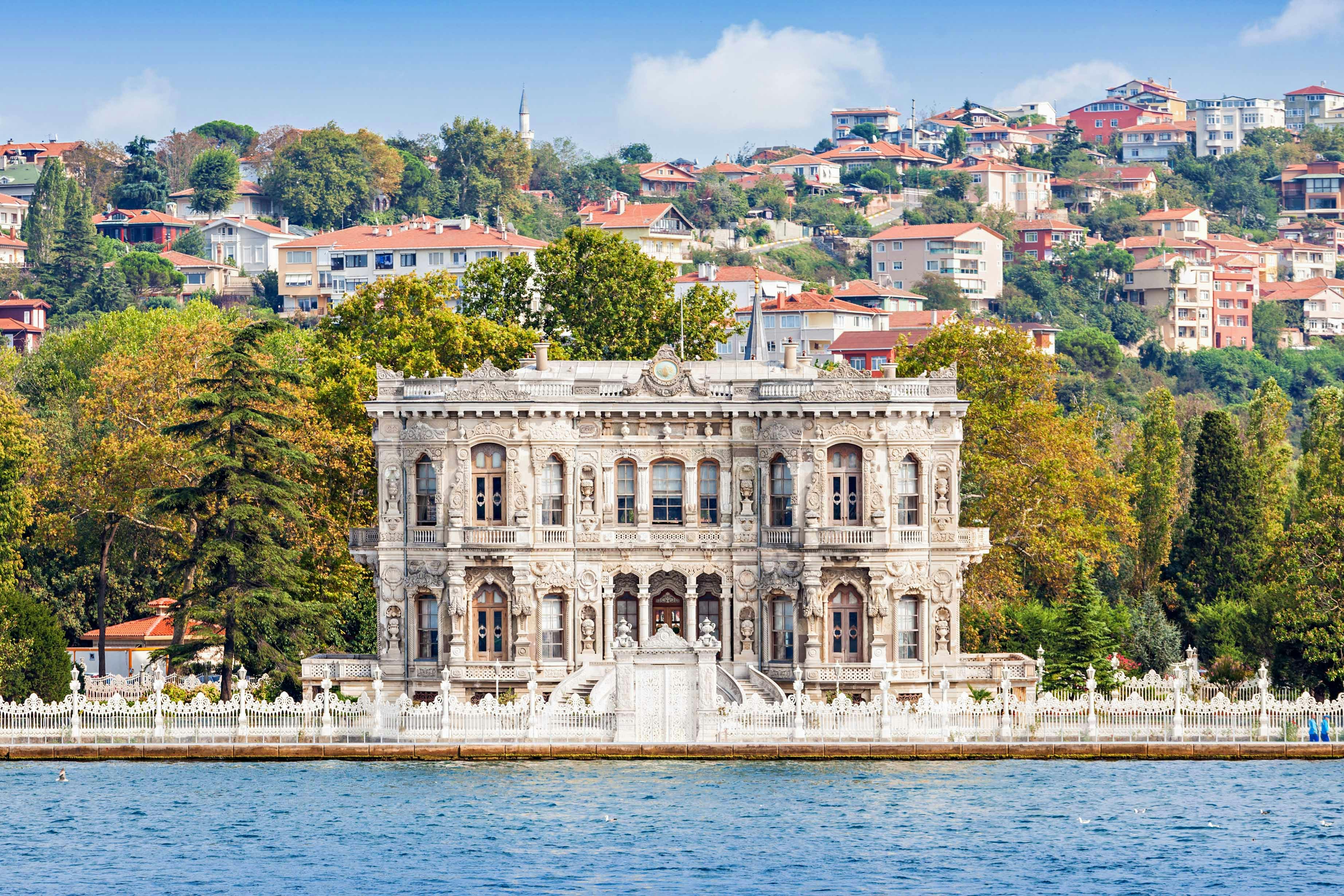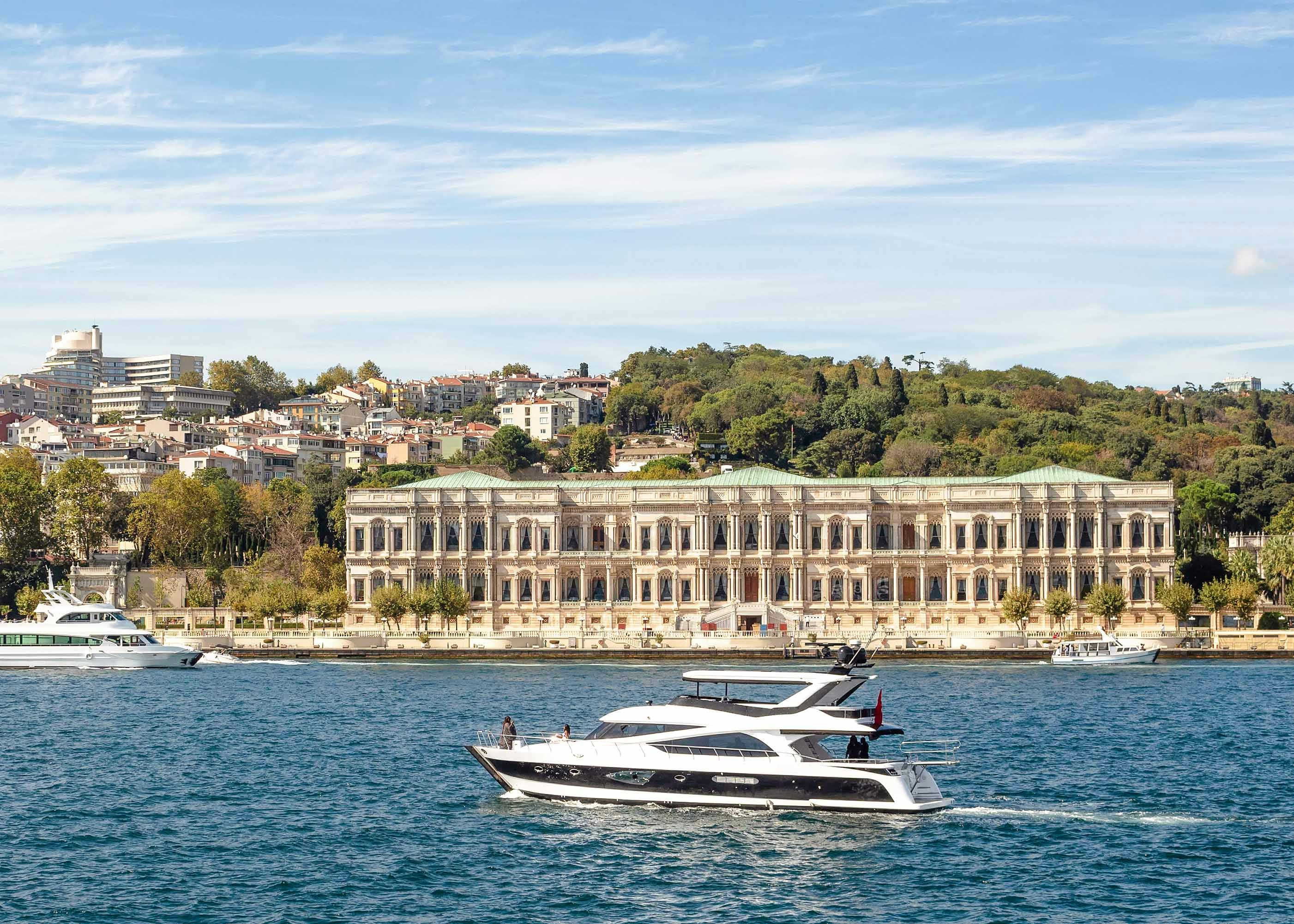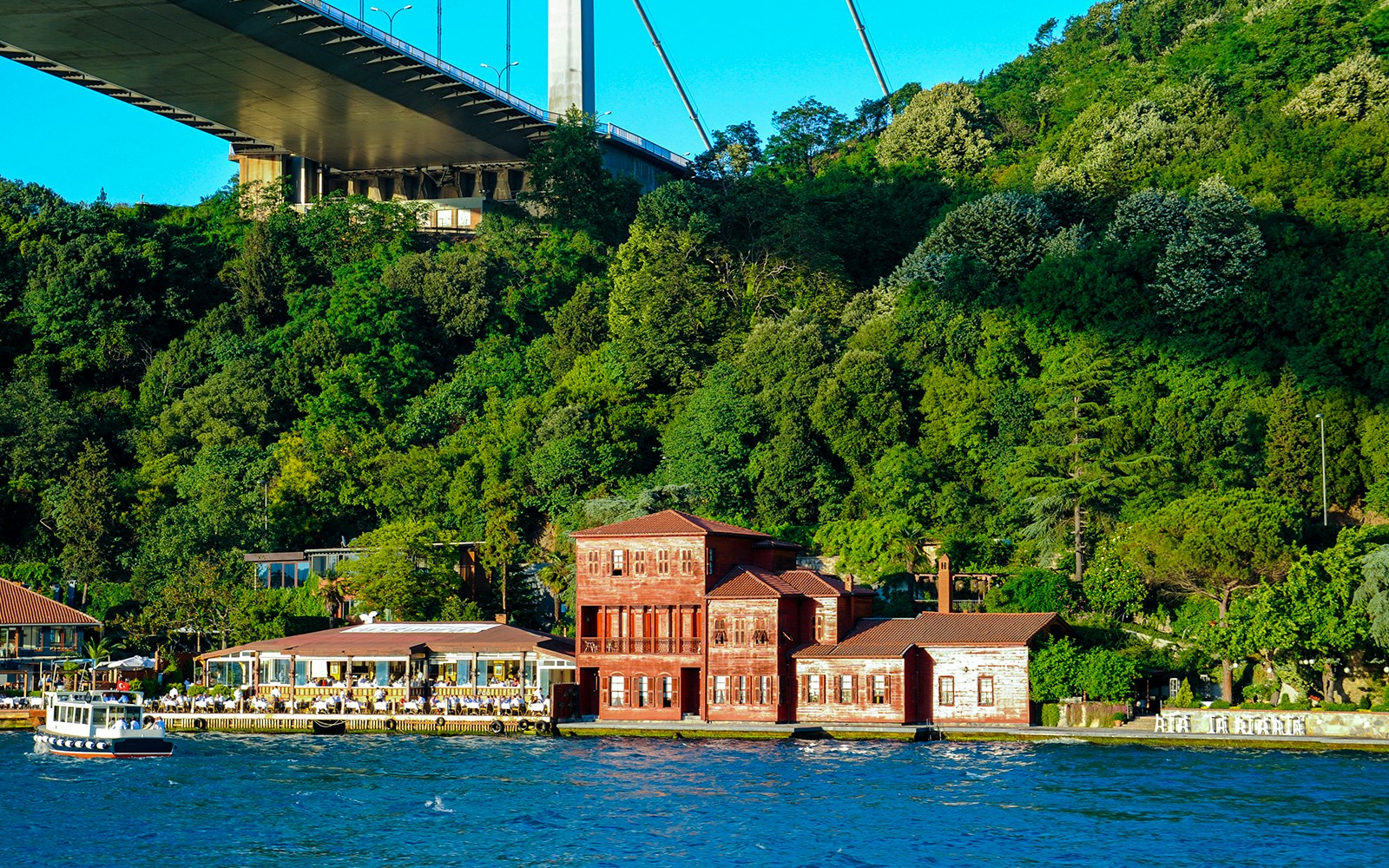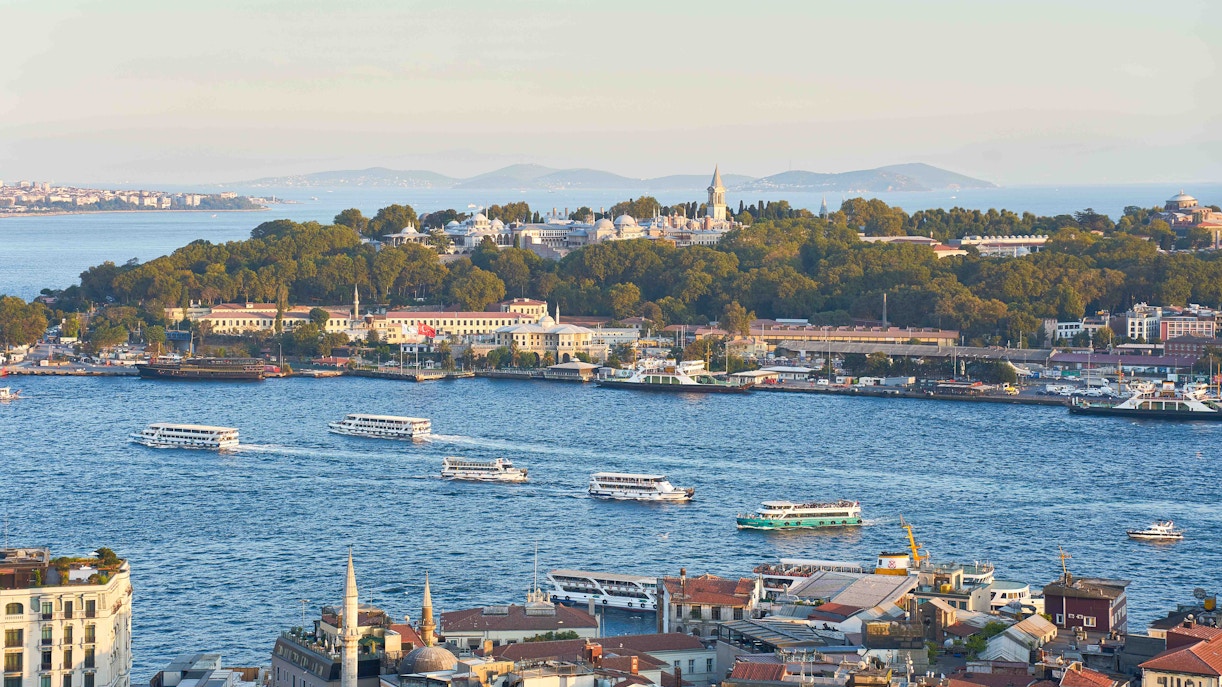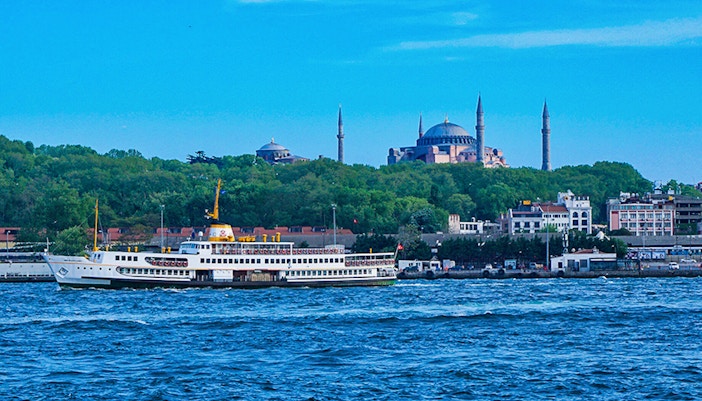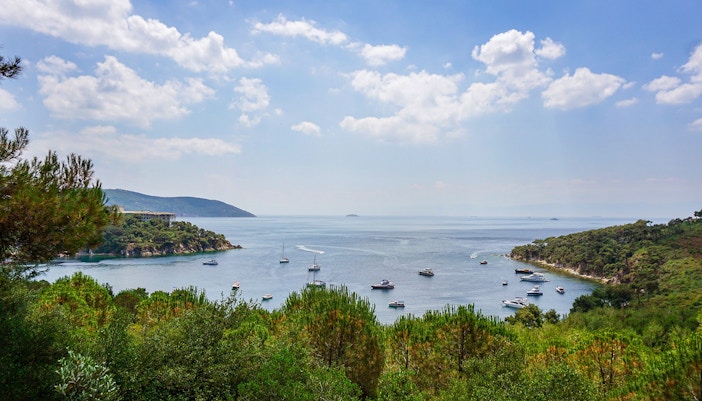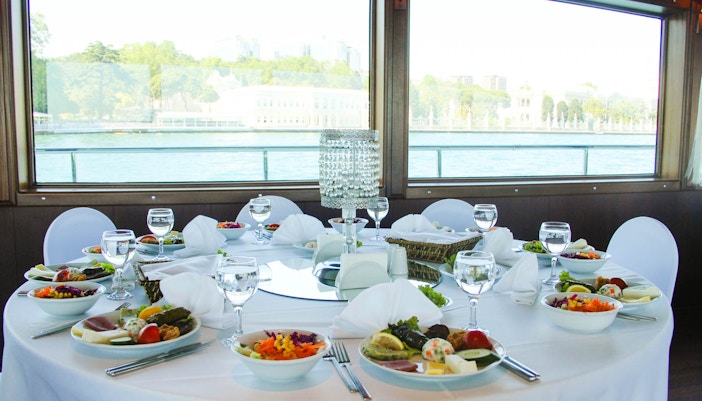A brief history of the Bosphorus Strait
The Bosphorus has played a crucial role in Istanbul's history for centuries. This narrow strait separates the two continents of Europe and Asia, making it a significant trade route that has witnessed countless historic events.
The Bosphorus Strait in Antiquity: The Bosphorus Strait played a critical role in the development of ancient civilizations. The region was inhabited by various groups, including the Greeks, Persians, and Romans, who recognized the strategic importance of controlling the waterway. The Greeks established colonies in the region, and the Persians constructed a bridge across the strait to connect the two sides. The Romans also recognized the importance of the Bosphorus and built fortresses to protect their trade routes.
The Bosphorus Strait in medieval times: During the medieval era, the Bosphorus Strait remained a vital trade route connecting Europe and Asia. It was an essential link between the Byzantine Empire and the rest of the world. The Byzantines built numerous castles and forts along its shores to protect their trading vessels from attacks by pirates and rival powers. Throughout the centuries, the Bosphorus has been the site of numerous historic events, from ancient battles to civilizations emerging and evolving. Its importance has never diminished, and it remains a critical waterway for international trade to the present day. Its strategic location has made it a valuable asset for the community, and its legacy continues to endure today.

